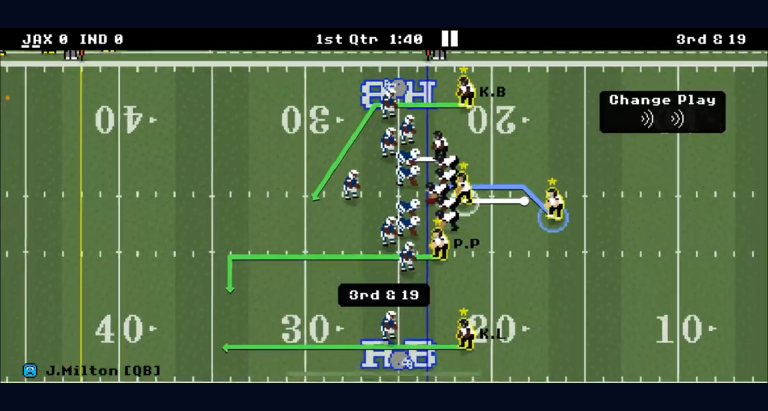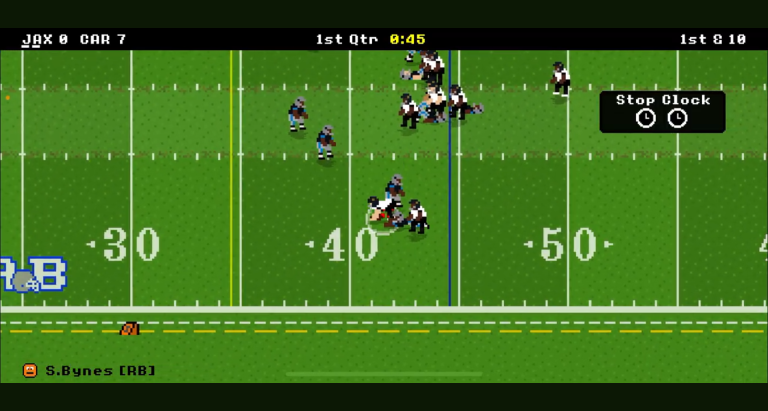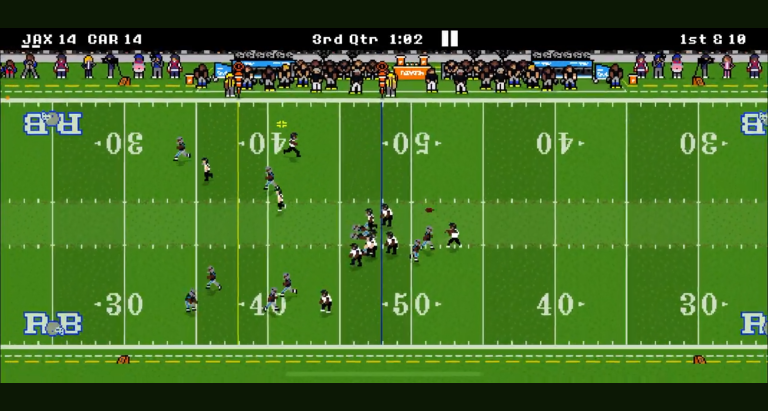In the world of Retro Bowl, having a solid strategy can mean the difference between victory and defeat. One crucial aspect of that strategy is the role of the kick returner. A talented kick returner not only enhances your team’s scoring potential, but can also turn the tide of a game in moments of high tension. This article provides essential tips and strategies on how to get a good kick returner in Retro Bowl, focusing on player selection, development, in-game strategies, and performance analysis.
Understanding Kick Returners in Retro Bowl
Role and Importance
A kick returner is responsible for receiving kicks after a touchdown or field goal. This player’s primary objective is to return the ball as far as possible, ideally setting up the offense with advantageous field position. A proficient kick returner can change game dynamics by scoring points directly or providing exceptional field position, which leads to easier scoring opportunities.
Characteristics of a Good Kick Returner
To maximize your kickoff game, understanding what makes a good kick returner is vital. Here are some characteristics to look for:
– Speed and agility: A good kick returner can swiftly evade defenders while sprinting towards the end zone.
– Vision and decision-making: The best returners possess an innate ability to read the field, allowing them to anticipate gaps and avoid tackles.
– Ability to read blocks and sidestep defenders: An effective returner not only needs to be quick on their feet but must also master the art of blocking, quickly recognizing when to accelerate and when to change direction.
Finding the Right Players
Scouting for Talents
The journey to how to get a good kick returner in Retro Bowl starts with effective scouting. Here are a few tips for evaluating potential returners during the draft:
– Look at key stats: Pay attention to a player’s speed, agility, and past performance in return situations. Stats such as average return yards and fumbles can be indicators of reliability.
– Evaluate experience: Players with experience in high-pressure situations, like return specialist roles, are generally more prepared to face tough competition.
Utilizing Free Agents
Free agency is a treasure trove for discovering quality kick returners. Search for players with good agility stats and who have a track record of successful returns. Here’s what to consider when looking at free agents:
– Look for players who have excelled in similar roles in their previous teams.
– Assess their physical attributes and performance metrics to gauge their potential fit for your squad.
Developing Your Kick Returner
Training and Skill Development
Onboarding a good kick returner isn’t solely about finding the right talent. Development through targeted training is equally essential. Here’s how you can enhance their skills:
– Implement drills aimed at improving speed and agility, such as shuttle runs or cone drills.
– Create simulation scenarios that allow players to practice reads and decision-making, mimicking actual game conditions.
Maximizing Player Potential
Assign your kick returner to a role that maximizes their strengths. Supporting them through favorable offensive strategies can lead to better return outcomes. Make sure your offensive unit can execute plays that effectively clear the way for the returner.
Strategies for Kick Returns in Retro Bowl
Play Calling
The plays you choose for kick returns play a significant role in your success. Make sure to mix up the plays to keep your opponents guessing:
– Use plays that capitalize on your returner’s strengths, whether that’s speed or cutting ability.
– Prioritize special teams plays, understanding that kick returns are equally as important as offensive plays.
Blocking Schemes
Creating effective blocking schemes is crucial for successful kick returns. Here’s what to keep in mind:
– Implement formations that set up effective blocking lanes.
– Train your team to create isolations, allowing the kick returner room to maneuver.
In-Game Tips for Successful Returns
Reading the Field
Game time returns can be chaotic. Teaching your returner to read the field effectively is key:
– Train them to quickly identify the best return lanes and make fast decisions.
– Evaluate the opponent’s coverage formations to exploit weaknesses.
Timing and Patience
A good kick returner knows when to burst through the line and when to hold back. Timing is everything:
– Teach your player to wait for openings before hitting the hole.
– Emphasize the balance between managing speed and control during returns.
Analyzing Past Performances
Learning from Mistakes
Reflection is essential for improvement. Here’s how to analyze past kick return attempts:
– Review game footage and assess what worked and what didn’t.
– Identify common pitfalls your kick returner encountered, such as rushed decisions or misreading blocks.
Tracking Progress
Continual improvement is critical. Use stat tracking to measure performance over time:
– Evaluate metrics such as return yards and touchdowns and set achievable goals for improvement.
– Keep track of the player’s development to ensure you are on the right path.
Conclusion
One of the keys to dominating in Retro Bowl is having a good kick returner who can provide that extra edge. With the right strategies for scouting, developing, and optimizing player performance, you can elevate kick returns to a high-art level on the field. Consider implementing these tips, continuously track your team’s performance, and actively search for talented kick returners to secure success on the gridiron.
| Skill | Description | Importance Level |
|---|---|---|
| Speed | Ability to outpace defenders | High |
| Agility | Ability to change direction quickly | High |
| Vision | Ability to read the field and gaps | Medium |
| Decision-Making | Choosing best recovery lanes | High |
| Blocking Awareness | Understanding teammates’ movements | Medium |
Frequently Asked Questions (FAQ)
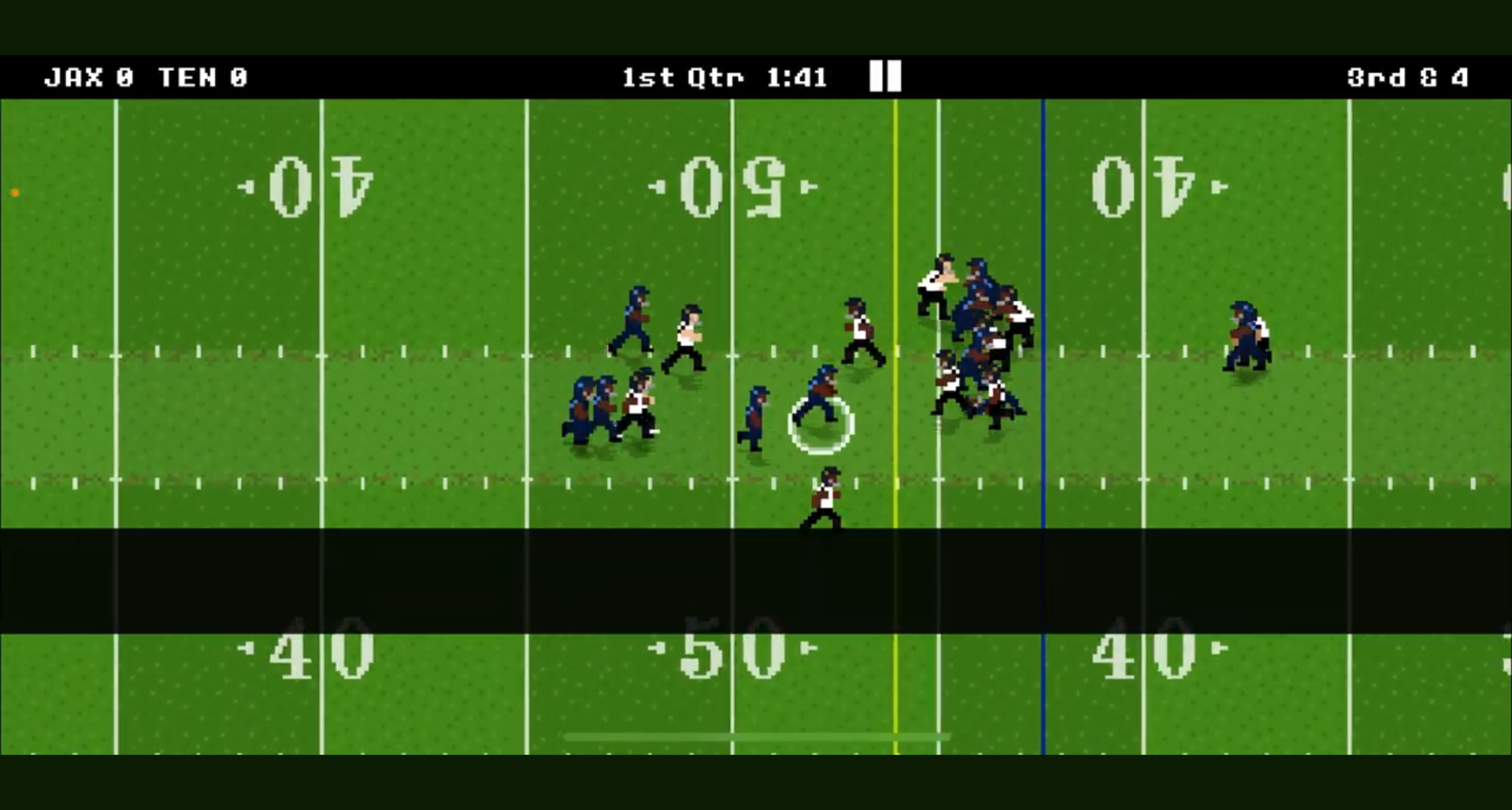
1. What are the key attributes to look for in a kick returner?
Look for speed, agility, vision, decision-making ability, and a knack for reading blocks.
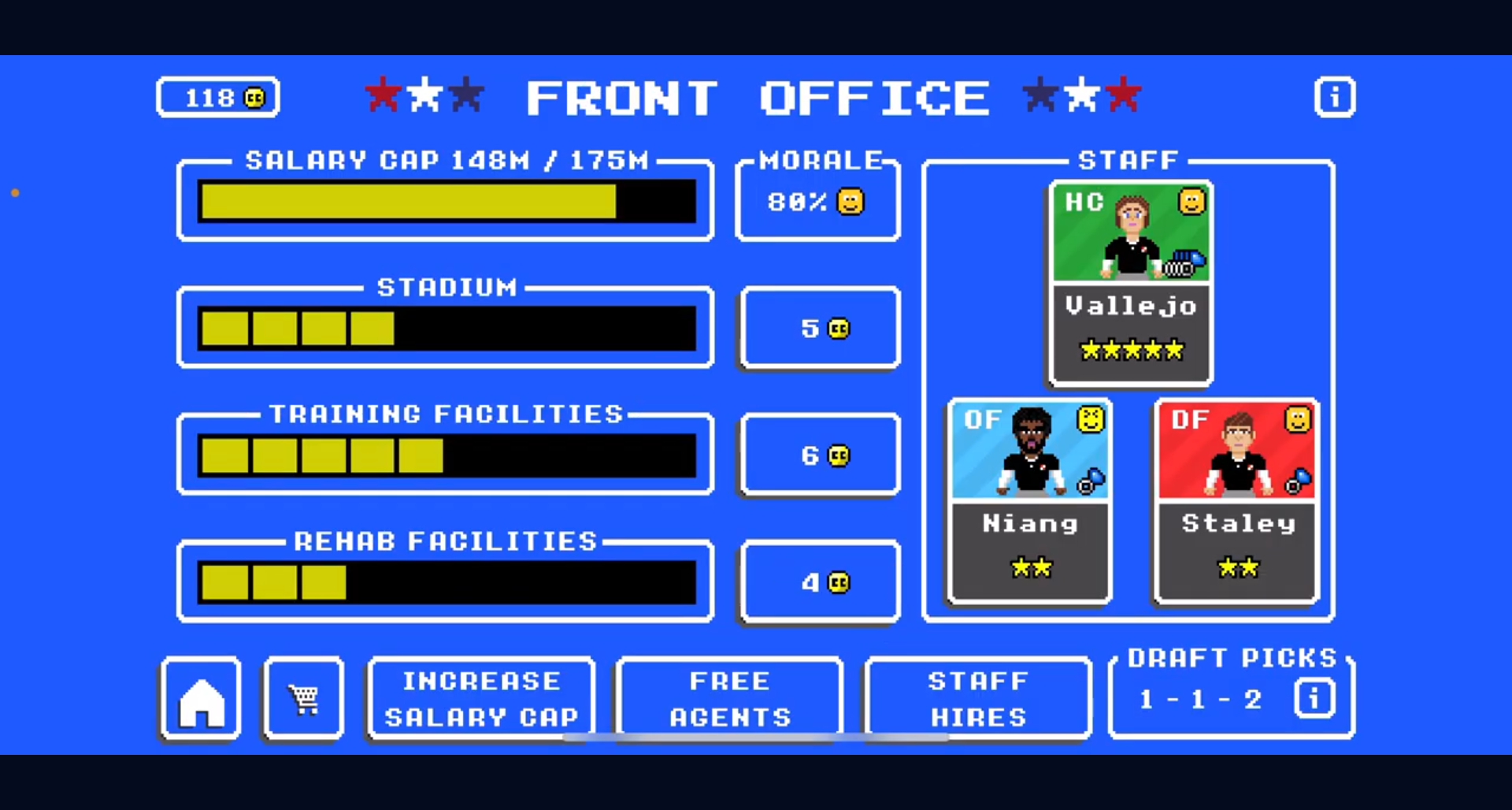
2. How can I improve my kick returner’s performance?
Focus on targeted drills that enhance speed and decision-making, and simulate in-game scenarios.
3. Is it better to draft a young player or sign an experienced free agent as a kick returner?
It depends on your team’s strategy. Young players may have higher potential, while experienced players can provide immediate impact.
4. What are some effective blocking schemes for kick returns?
Effective schemes include wedge blocking and formations that create clear pathways for the returner.
5. What types of drills can help develop a kick returner?
Drills like shuttle runs, cone drills, and practice scenarios simulating opposing coverage situations are highly beneficial.
6. How important is the blocking team in the success of a kick return?
Extremely important; the blocking team can determine the execution of a return and significantly impact yardage gained.
7. Should I focus more on speed or agility when choosing a kick returner?
While both are important, agility is often critical in avoiding tackles and making quick directional changes on the field.
8. How can I track my kick returner’s improvement?
Utilize performance metrics such as return yards, touchdowns, and review game footage to assess growth.
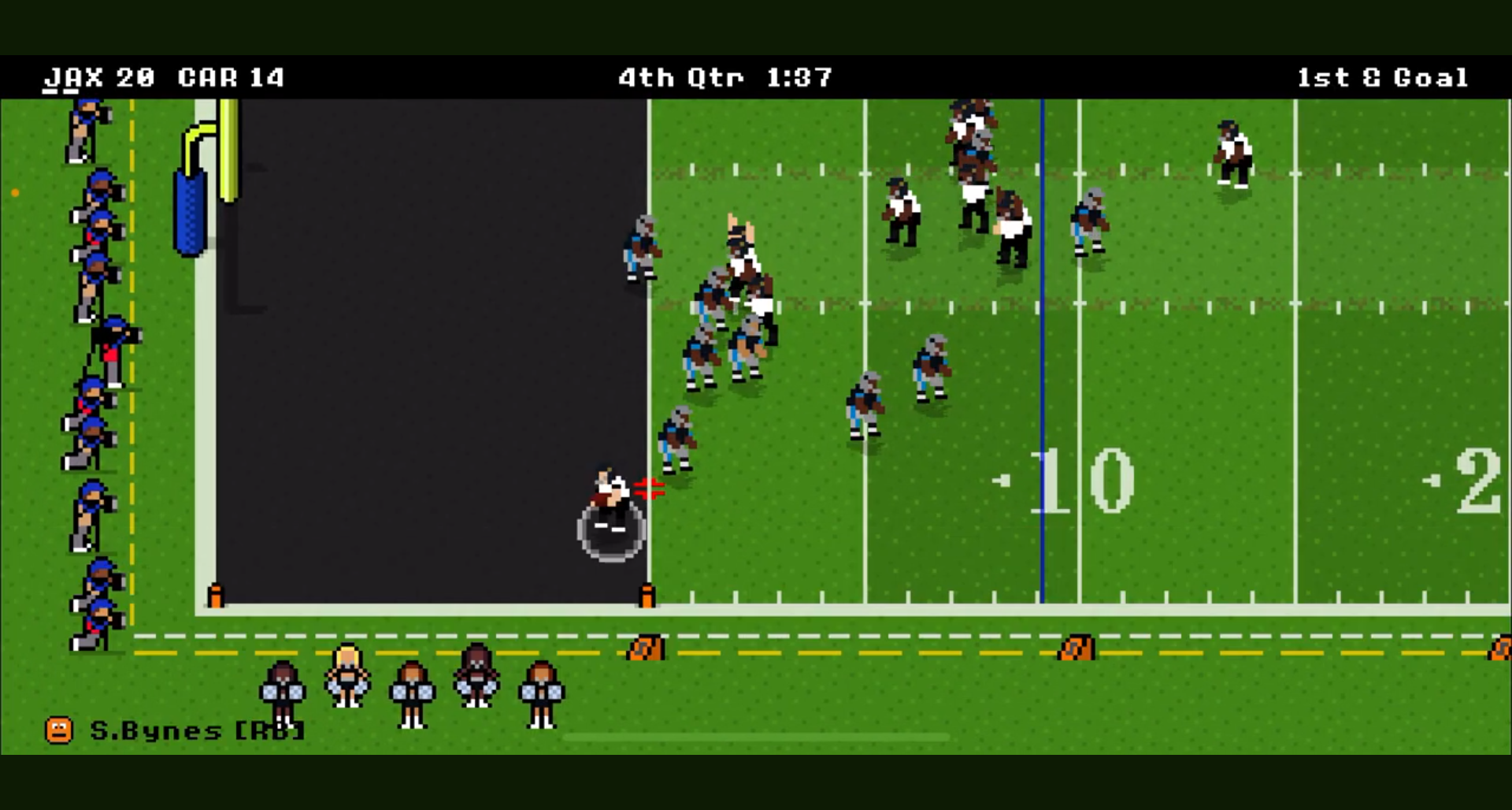
9. How frequently should I assess my kick returner’s performance?
Regular assessments after every game can help identify areas for improvement and reinforce successful tactics.
10. Are there any common mistakes to avoid in kick returns?
Common mistakes include rushing decisions, failing to read blocks effectively, and not utilizing blocking schemes efficiently.
